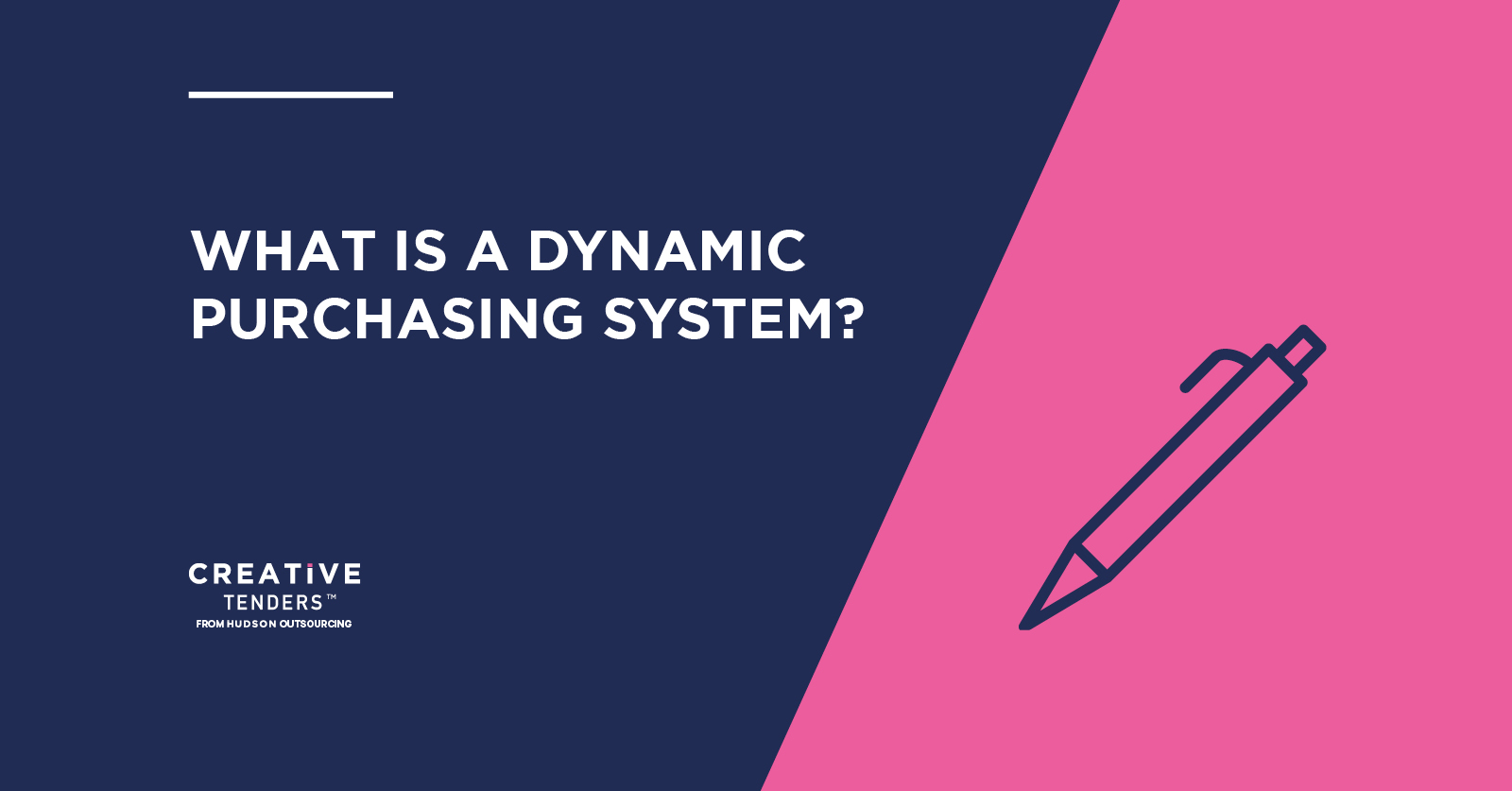FRAMEWORK AGREEMENT – TOP 4 THINGS TO ASK YOURSELF
You’re most likely to see the term ‘Framework Agreement’ scattered across our tendering portals, asking for multiple suppliers to deliver/supply either one or more services/goods across various locations. Sounds pretty broad, right?
Well, through utilising a Framework Agreement, this is a much smarter way of working for a lot of buyers and procurement agencies. Although it may be a contractual headache at times, the long-term aspects to delivery remain progressive and are more and more often used across the UK procurement sector.
See our ‘TENDERING DOESN’T NEED TO BE COMPLICATED’ blog for other terms you may see!
Multi-provider Framework Agreements are quite simply, contracts or agreements between one or more organisations. There is such a thing as a Single Provider Framework, where one provider is utilised for ad-hoc call-off requests for particular services/goods, however, that is a story for another day.
Multi-provider frameworks can be exhibited via the following example:
London-based Council seeks up to 8 Creative Agencies / Freelancers (per LOT) to undergo multiple creative services. This includes:
- LOT 1: – Digital Design & Branding
- LOT 2: – Website Development & Build
- LOT 3: – PR & Marketing
- LOT 4: – Managed Print Services
As you can see here, the buyer is asking for 8 suppliers per LOT (service), meaning there will be a total of 24 suppliers as part of this contract. Although you may have to share the spotlight with your competitors, it’s a fantastic way of getting your company heard across the Creative Sector and to show your position in the market alongside your competitors. Plus, there’s work and money involved.
The majority of companies argue that if you don’t score the highest tender, then your impending work is decreased by a long shot. Sometimes, you may be right, but a lot of the time you may be wrong.
Here are the 4 crucial questions you must ask yourself when tendering for a framework agreement:
1. How many suppliers is the opportunity open to?
Remember, the more suppliers the opportunity is open to, the more chance of securing a place on the Framework.
2. Do you have a good chance of winning it?
Obvious question you might say, but you’d be surprised at how many organisations go for work that (at the time of tendering) they could potentially deliver but haven’t got the corporate literature or writing skills to make them stand out on paper. Look at our ‘To Bid or not to Bid’ blog to look at what you can do to ensure your success is maximised!
3. Are you going for multiple LOTs?
Do you have to submit a response per service/LOT? Does this mean you have to submit 4 or more tender responses? – if so, always make sure you have the resource and time to do this. Never replicate your answers, always give as much time to each individual tender/LOT to ensure increased chances of success. It is better to focus more of your time with something that you can deliver better in, than going for all LOTs where other competitors may have the upper-hand. Go for the LOT where you know you can be number one! If you don’t think you’ve got the upper-hand, then should you be wasting time on it.
4. What is the process of contract award?
One of the most important aspects of a Framework Agreement is to understand the process that you undergo when you’re in the framework and how is work dished out? This could work in multiple ways, so remember to read the instructions carefully. Some examples include:
- Mini-competition – this is where the buyer asks all suppliers on the framework to quote them a price for a specific job at hand. This may include a quality aspect also. The cheapest quote wins!
- First Supplier wins all – this is where the supplier who scored the highest via the tender process, will be guaranteed all work. If they can’t deliver a specific element, then it will go down the chain to the supplier who scored second. If they can’t deliver, then the supplier who came third and so on – all the more reason to be completely focused on the service you work best in and become number one!
- Drop down effect – some buyers take it in turns to disperse work. In this case, the highest-ranking supplier would receive the first job, the second highest ranking supplier the second job and so on.
All decisions to how the framework is managed are declared by the buyer in the ITT (invitation to tender) stage. It’s usually transparent from the get go!
Find out how you can receive various framework opportunities straight to your inbox, by BOOKING A FREE DEMO TODAY!
Frameworks can be extremely complex when tendering for works. Remember our Tender Consultants are here to help!















